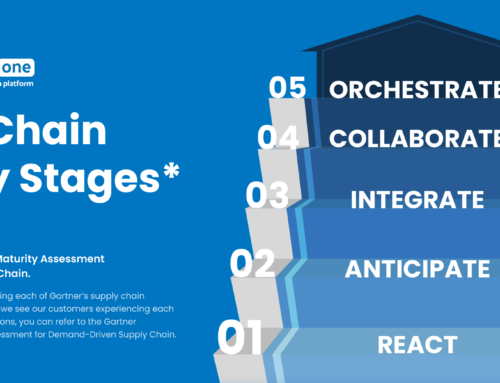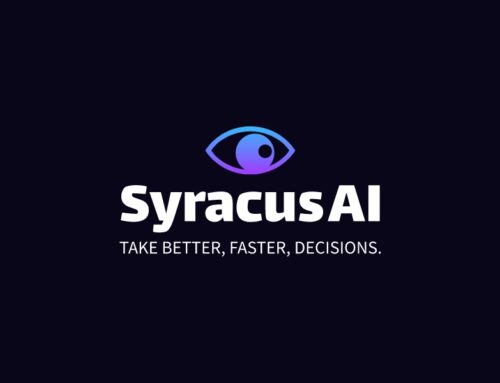AI & Machine Learning
Since the release of ChatGPT in Nov 2022, we jumped out from our “AI Winter”. This AI hype is bringing us dozens of new tools that make it easier to generate content and automate “dumb” work. At the same time, legislators scramble to regulate AI to keep its consumers safe.
One thing is for sure: AI is here to stay and it will cause many small changes but probably also some bigger changes in many facets of our lives in the coming years.
Or was it Machine Learning? AI that uses Machine Learning?
AI and ML are often used together and in some cases, the terms are used interchangeably. However, what is actually the difference between AI and ML?
Artificial Intelligence
Artificial Intelligence (AI) has as many definitions as it has implementations.
The most inclusive definition is the one of leading AI textbooks, where AI considered a synonym of Intelligent Agents. On the side of the spectrum you’d have the so called “The AI Effect”, where AI is anything that has not been done yet.
We consider AI as any application that achieves its goals by exhibiting intelligence that was built upon general-purpose tools, which the application combined based on interaction with its environment.
In other words; AI achieves its goals in a way that was not spelled out on forehand, like you’d have with traditional computer programs.

Machine Learning
The definition of Machine Learning is a lot simpler: The study of computer algorithms that improve automatically through experience.
This means that ML does not always also have to be AI. There is a huge field of “traditional” ML, containing many tools that have been used for years by statisticians and data scientists. Many of these tools are still extensively used today, like regression, and K-Nearest Neighbours.
Where AI and ML meet
The most interesting recent progress in AI and ML can be found in their conjunction. This combination of AI and ML profits from the flexibility of AI, combined with the power of ML to learn from past results, based on the vast amounts of data that are available today.
Algorithms like Neural Networks / Deep Learning and Evolutionary Algorithms show us that, if applied correctly, a human can easily be outperformed by a generically applicable algorithm when solving complex problems.

However, AI is not a magic wand. AI is only effective when it is backed by high-quality data that is relevant for the problem you are trying to solve. Garbage in ⇒ Garbage out
And even then, even if you have high-quality relevant data to train your ML model on, it will still be able to solve the one single problem that you trained it for (if all goes well).
Until we reach Artificial General Intelligence (AGI), these are our boundaries. Using a Machine Learning algorithm with wrong data, or using it to target the wrong use case, will only result in poor output. This will result in very limited added value, or worse; a negative impact on the user experience of your customers.





